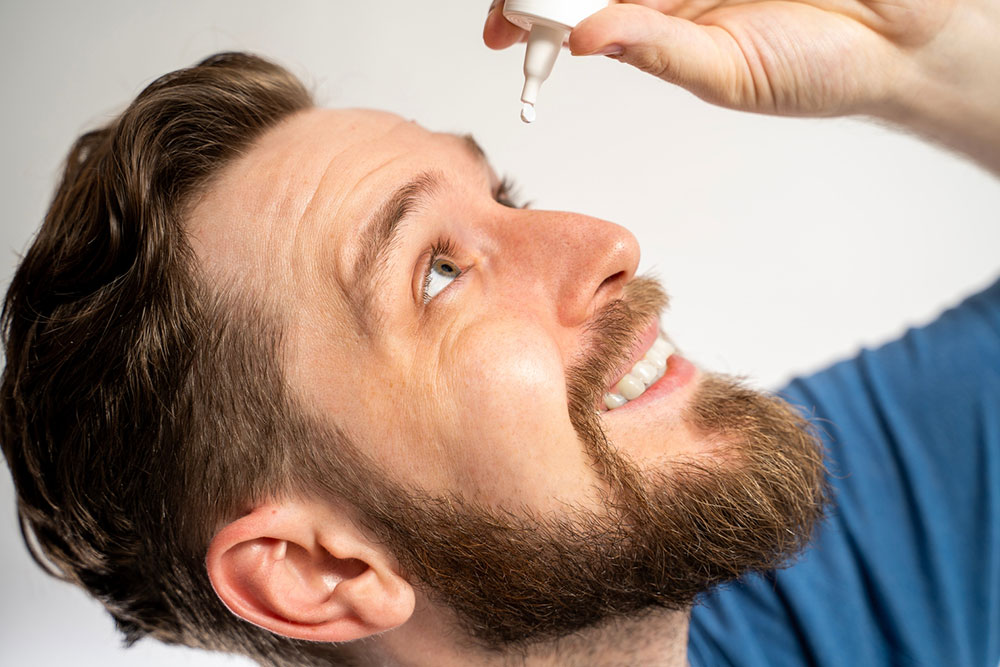8 Effective Ways to Maintain Healthy Eyes

Eye health is as important as any other functioning organ in the body. However, with the current lifestyle of people that involves prolonged exposure to different gadgets, taking care of the eyes has become more crucial. Also, some diseases can impair vision and cause vision-related problems. To prevent any unforeseen situations, here are some effective ways one can follow to maintain optimal eye health and ensure a lifetime of clear and comfortable vision.
1. Protecting eye from sun rays
Extended exposure to harsh sunlight and its ultraviolet (UV) rays elevates the risk of eye conditions such as cataracts. Therefore, it is crucial for one to protect their eyes from harsh sunlight when stepping out. One can either wear sunglasses or UV-blocking contact lenses. Sunglasses are often regarded as a fashion accessory, but their significance extends beyond that. They serve as a crucial shield, safeguarding the eyes from the detrimental impact of the sun’s UV rays. Sunglasses with polarized lenses offer an excellent choice for those seeking enhanced glare reduction. Alternatively, individuals requiring vision correction can explore the option of UV-blocking contact lenses designed to shield their eyes from harmful UV rays.
2. Taking breaks from screen time
Staring at the screen for long periods, whether on a phone or a computer, can adversely affect the eyes, leading to dryness and strain.







